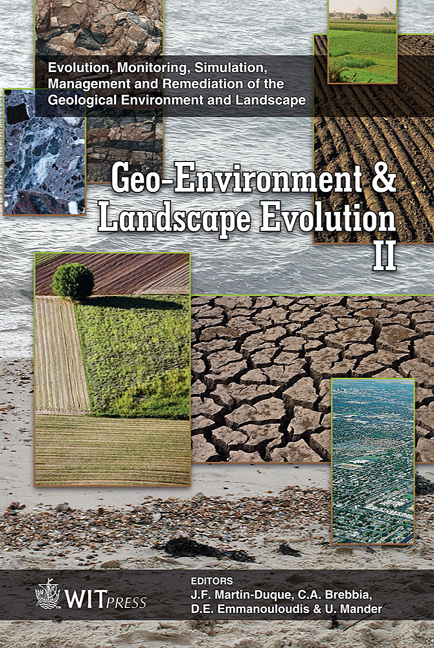Studies On The Distribution Of Heavy Metal Cd In Contaminated Soils Of Various Particle Sizes And Removal Efficiencies Of Heavy Metal Using Acid Washing
Price
Free (open access)
Transaction
Volume
89
Pages
10
Published
2006
Size
420 kb
Paper DOI
10.2495/GEO060111
Copyright
WIT Press
Author(s)
S. F. Cheng, C. Y. Huang & L. S. Hsiao
Abstract
Improper treatment and disposal of industrial wastewater and solid wastes result in serious heavy metal contamination of soil. A commonly used method for remediation of the soil contaminated by heavy metals is acid washing. This method is simple in principle, easy to operate and efficient in achieving the removal of heavy metals. The experience gained on soil remediation in Taiwan reveals that the soil particle distribution influences the heavy metal removal efficiency to a large extent. Hence, in this research, soil samples were collected from the contaminated sites and used in the investigation on the distribution of heavy metal Cd in soils of various particle sizes and the efficiencies of acid washing to remove the Cd from the soil of various particle distributions. The results will be used for future engineering implementation of the acid washing technique. The research results indicate that soils containing particles with sizes below 0.150 mm will hold increasing quantities of Cd and organic matter at decreasing particles sizes. As far as the acid washing efficiency is concerned, smaller particle diameters and higher organic matter contents result in decreasing efficiencies. Keywords: soil, Cd, particle size, CEC, organic matter, acid washing.
Keywords
soil, Cd, particle size, CEC, organic matter, acid washing.





